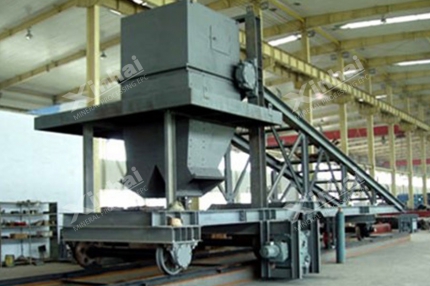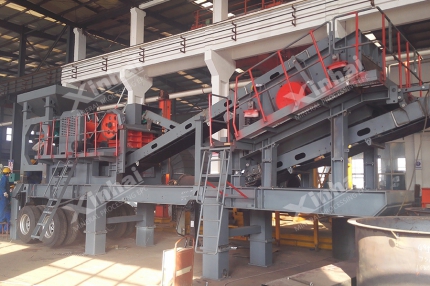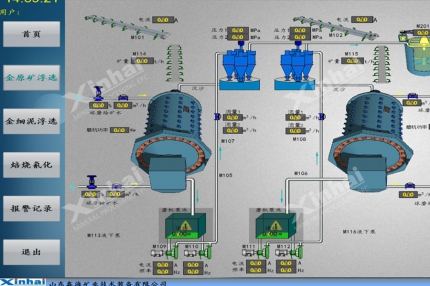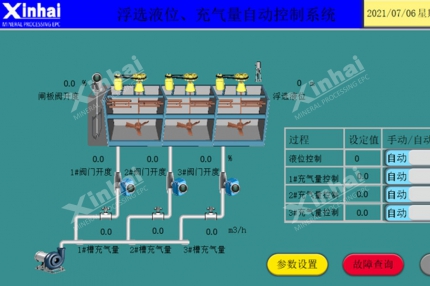With the surging demand for lithium-ion batteries, lithium mining has become more critical than ever. Known for their high energy density and lightweight design, lithium-ion batteries power electric vehicles (EVs) to travel farther on a single charge.
Beyond batteries, lithium is also used in producing quartz glass and serves as a key additive in foundries that use sand casting processes. While most people have heard of lithium batteries, few know where lithium actually comes from or how it is refined. In this article, we’ll explore how lithium is mined and processed, focusing on spodumene and mica extraction methods.
Use the table of contents below to navigate through the guide:
01Where Does Lithium Come From?
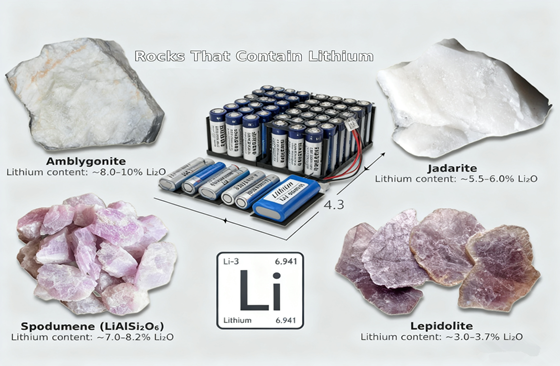
Lithium is primarily sourced from three primary channels: salt-lake brines, spodumene ore, and mica ore. Additional potential sources include clay deposits. Among these, hard-rock mining is a well-established method, particularly for spodumene. Australia is the leading producer of spodumene-based lithium, with smaller-scale operations in Brazil, Portugal, Southern Africa, and China.
Lithium occurs naturally in 145 different minerals but is mainly extracted from five key ores: spodumene, lepidolite, petalite, amblygonite, and eucryptite. Spodumene is the most abundant and economically significant source.
02How Is Lithium Extracted and Refined?
Extracting lithium from hard rock involves mining lithium-rich ores (like spodumene or mica) from pegmatite deposits. The energy-intensive process requires multiple mechanical and chemical steps to produce a usable lithium concentrate. After mining and crushing, the ore generally undergoes three key stages: beneficiation, chemical extraction, and purification. The specific processes vary depending on the mineral type.
1. Core Pre-Treatment: Ore Beneficiation
The first step for any hard-rock lithium ore is beneficiation—increasing lithium grade and reducing downstream processing costs.
Crushing and Grinding: Run-of-mine ore is crushed and ground into fine particles to liberate lithium-bearing minerals from gangue material.
Separation and Purification: Froth flotation is commonly used, where chemicals are added to make lithium minerals attach to air bubbles, separating them from waste rock.
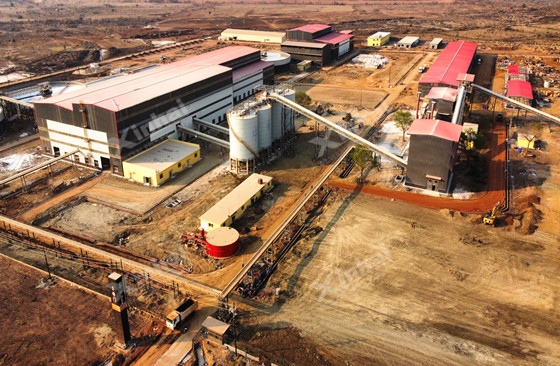
2. Primary Extraction Process: Chemical Treatment Based on Ore Type
This is the core stage where lithium is chemically extracted. Spodumene and mica require different methods due to their distinct mineral structures.
(1) Extracting Lithium from Spodumene Ore: Sulfuric Acid Method
This mature process is the industry standard for spodumene:
Thermal Conversion: The spodumene concentrate is roasted at high temperatures (900°C–1100°C) to convert it into a more reactive form.
Acid Leaching: The roasted material is mixed with concentrated sulfuric acid and heated. Lithium is converted into water-soluble lithium sulphate.
Purification and Precipitation: Impurities are removed by adding reagents like lime or soda ash. Finally, sodium carbonate is added to precipitate high-purity lithium carbonate (≥99.5%).
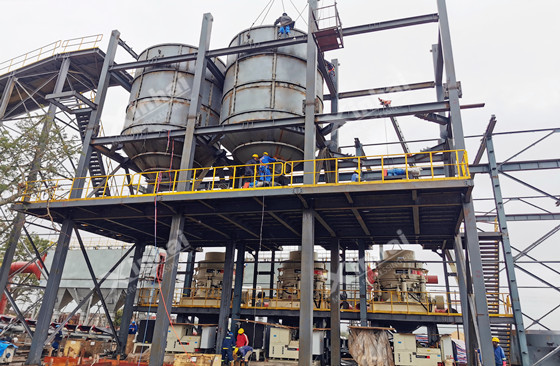
(2) Extracting Lithium from Mica Ore: Sulphate Roasting Method
Mica ores have lower lithium content and more impurities, making the process more complex. The sulphate roasting-water leaching method is often used:
Roasting with Sulphate: Mica concentrate is mixed with sodium or potassium sulphate and roasted at 800°C–900°C to convert lithium into soluble sulphates.
Water Leaching and Filtration: The roasted product is leached with hot water to dissolve lithium sulphate, followed by filtration to remove insoluble residues.
Advanced Purification: Additional steps like ion exchange or solvent extraction may be used to remove co-existing impurities such as potassium, rubidium, or cesium.
Precipitation: Lithium carbonate or lithium chloride is precipitated from the purified solution.
That's all about lithium extraction and processing. Xinhai Mineral Processing EPC is committed to developing sustainable and reliable mining solutions. If you're looking for equipment to efficiently process minerals, contact us. Our mining experts will be happy to help you optimize your mining process.

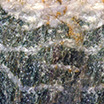
 marketing@ytxinhai.com
marketing@ytxinhai.com  0086 13810327080
0086 13810327080 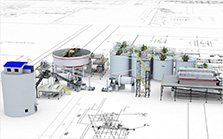
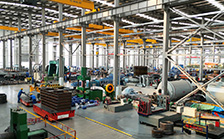
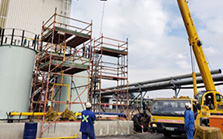
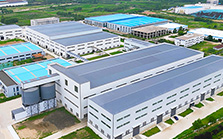
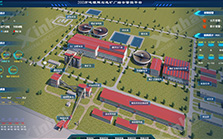
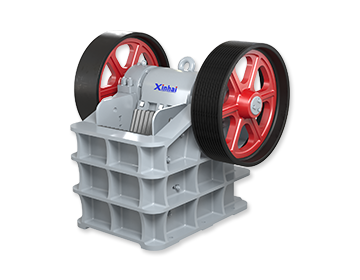
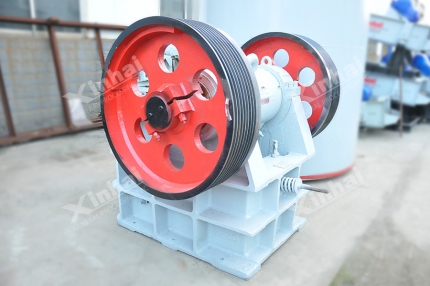

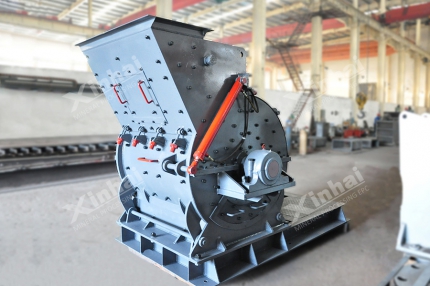
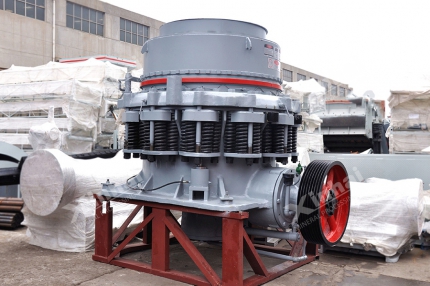
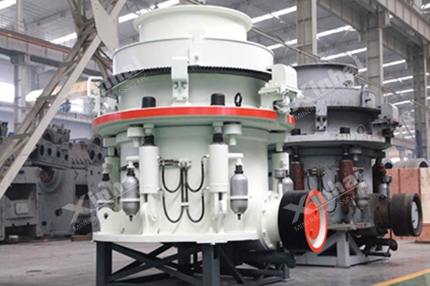
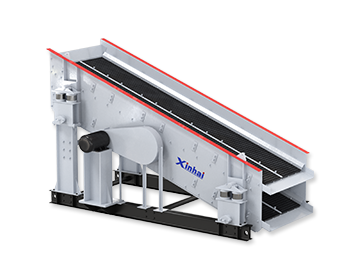
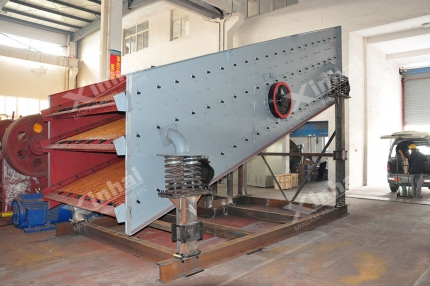
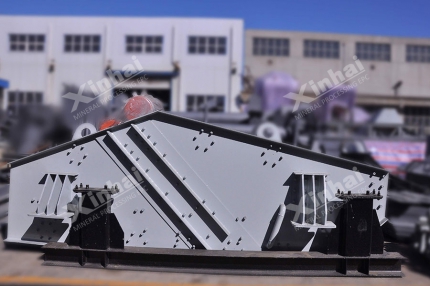
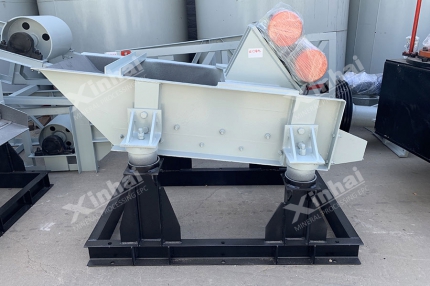
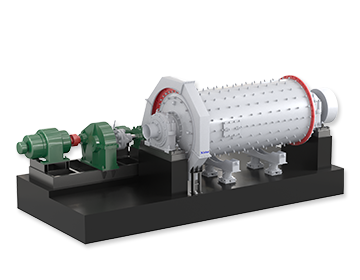
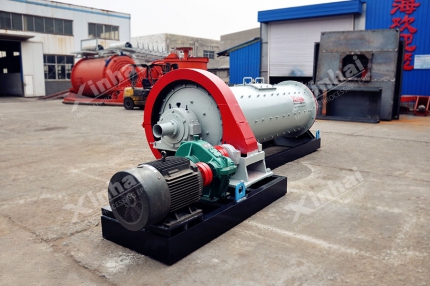
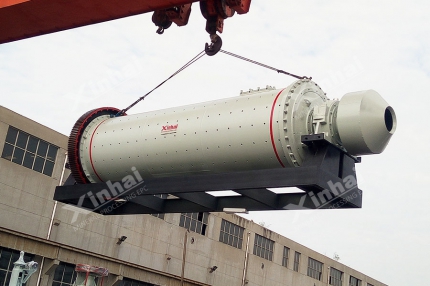
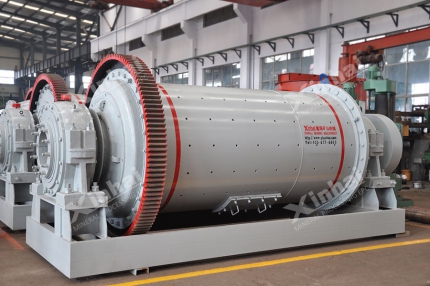
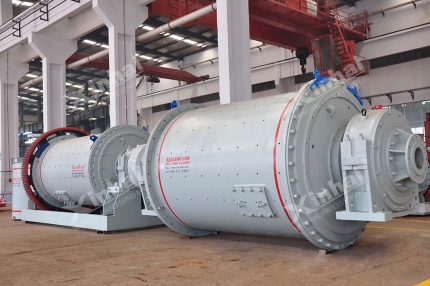
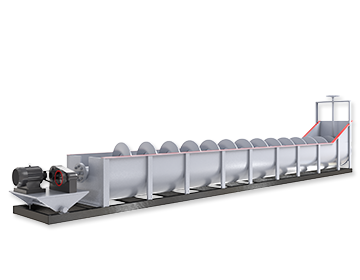
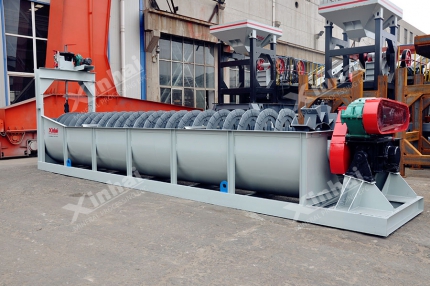
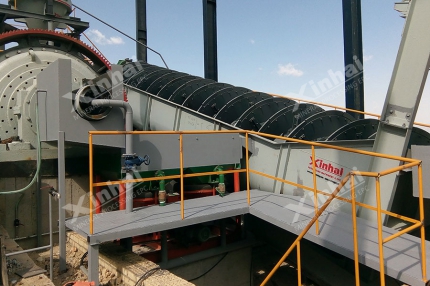
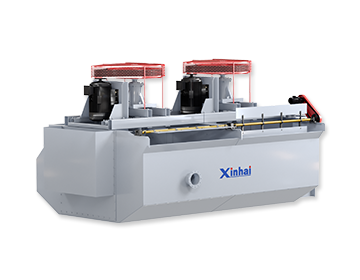
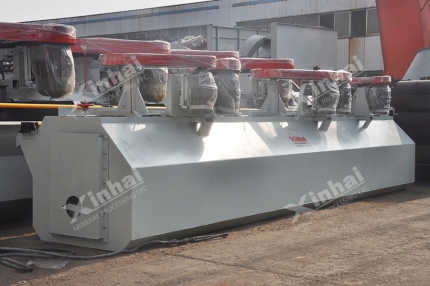
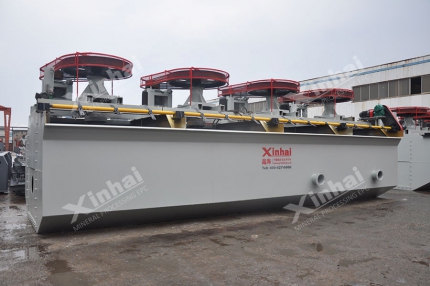
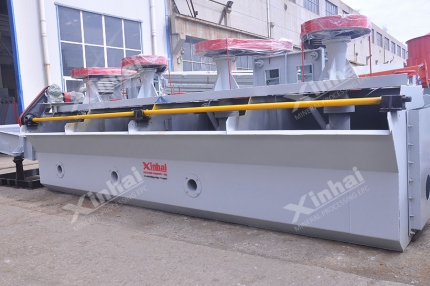
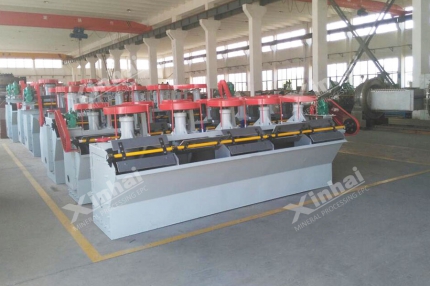
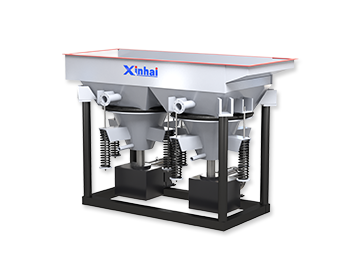
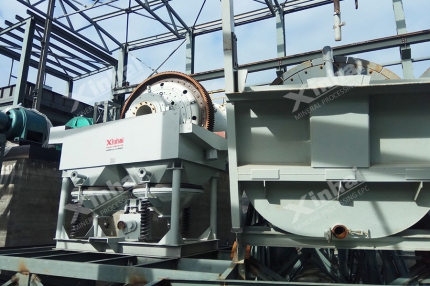
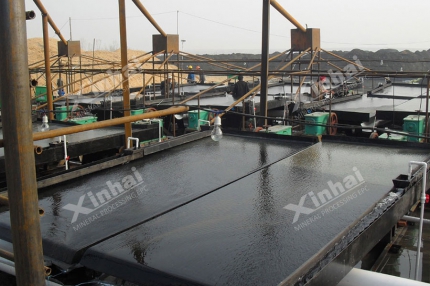
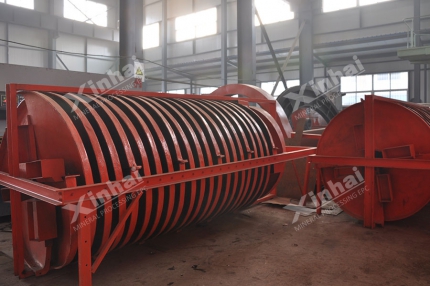
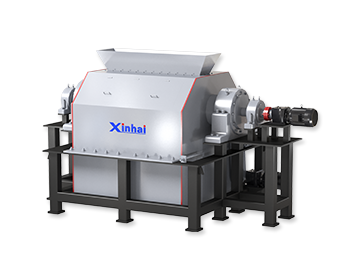
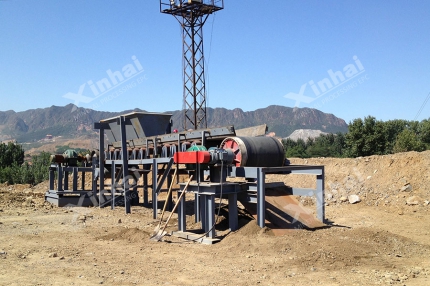
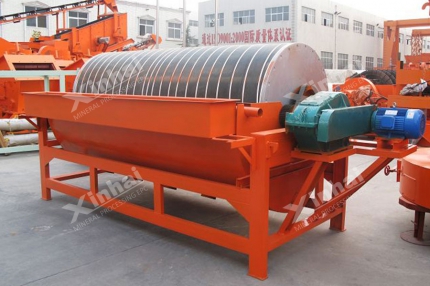
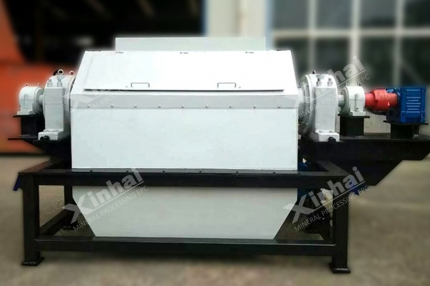
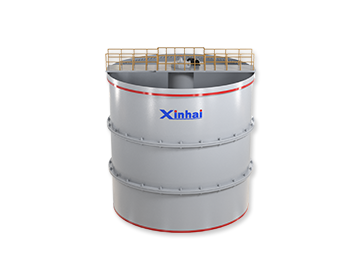
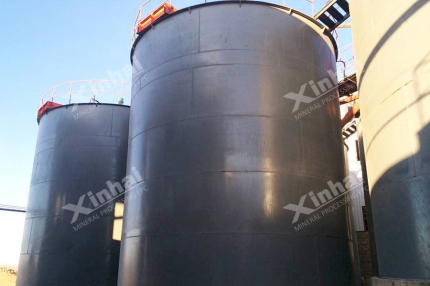
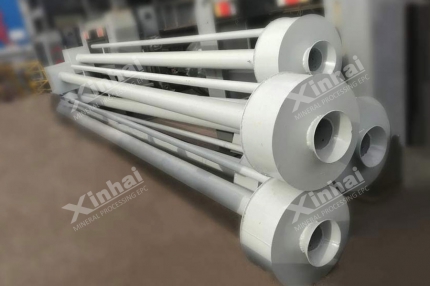
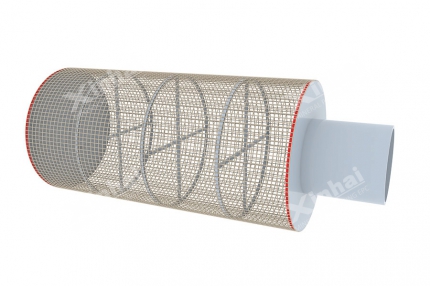
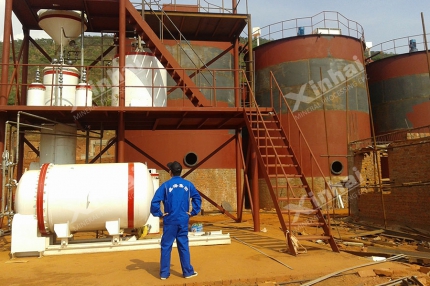
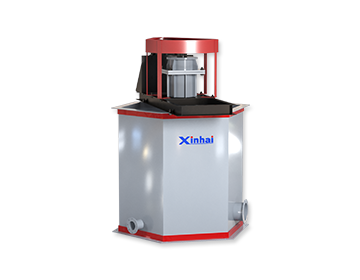
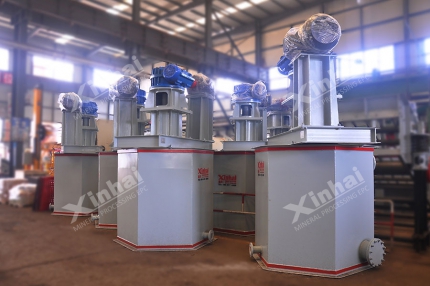
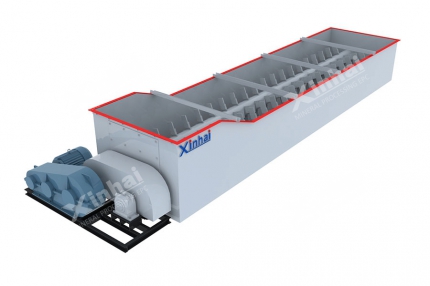
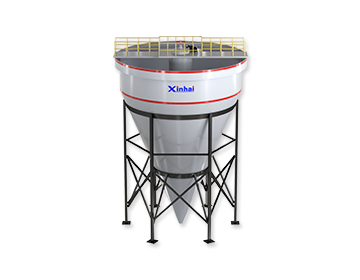
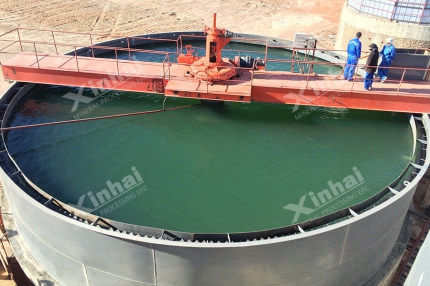
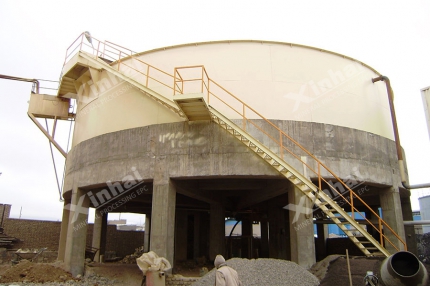
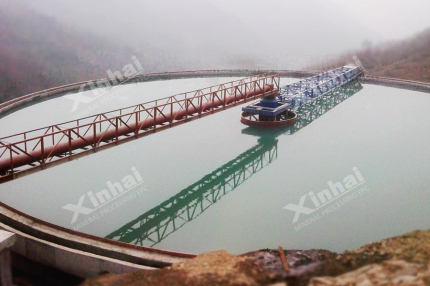
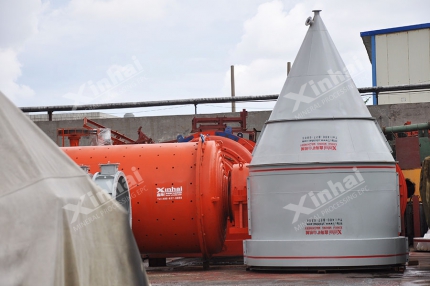
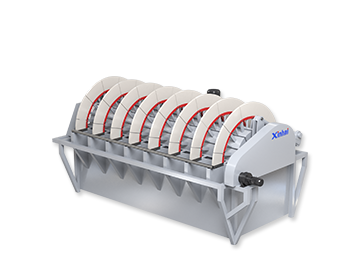
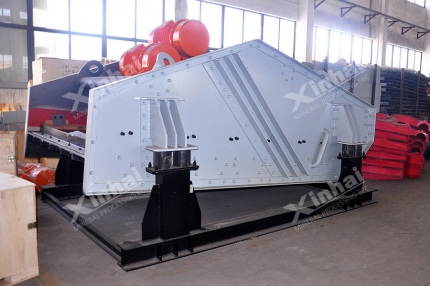
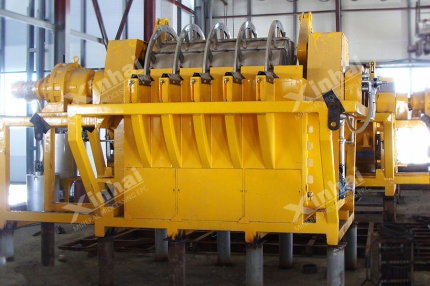
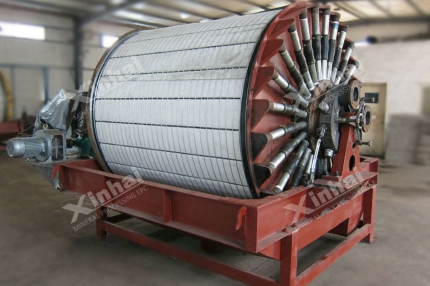
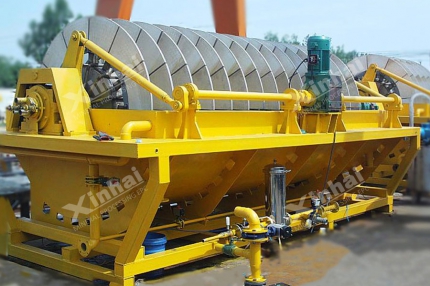
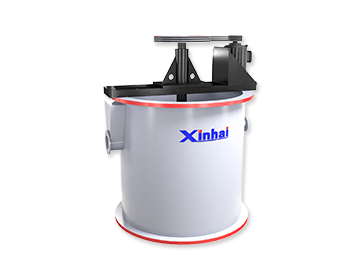
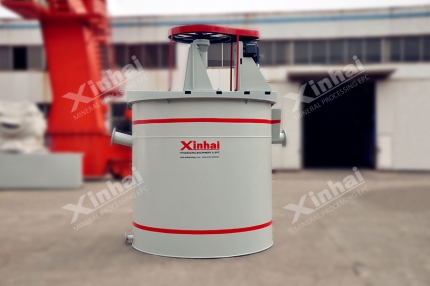
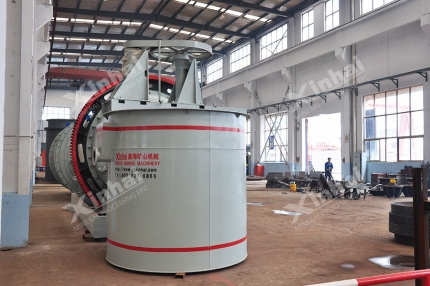
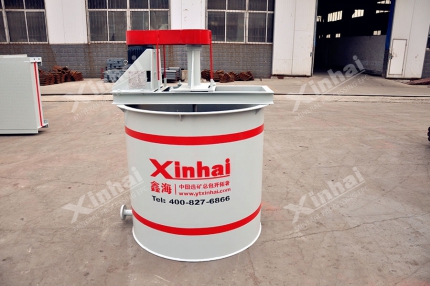
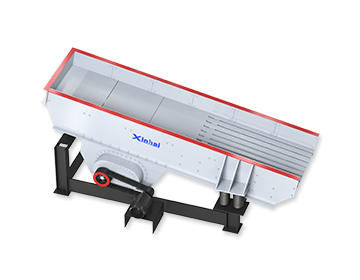
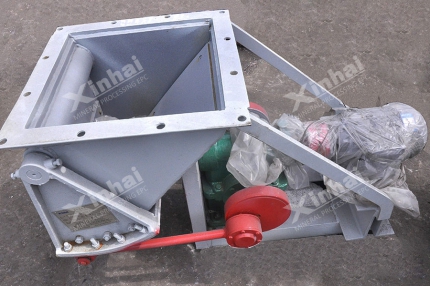
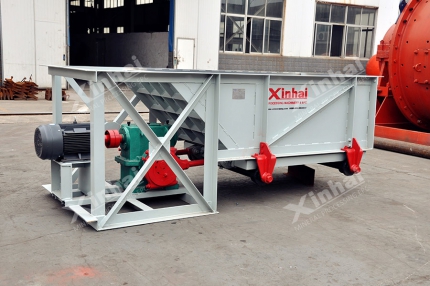
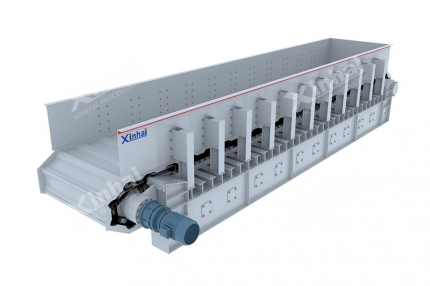
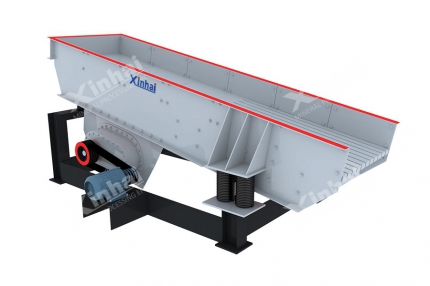
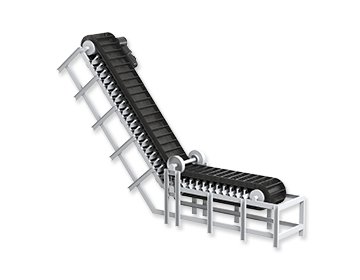
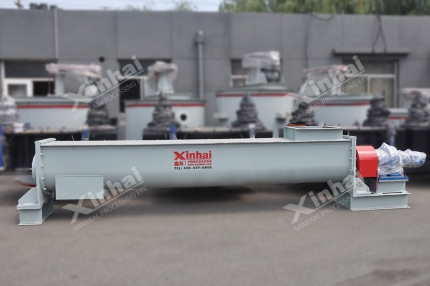
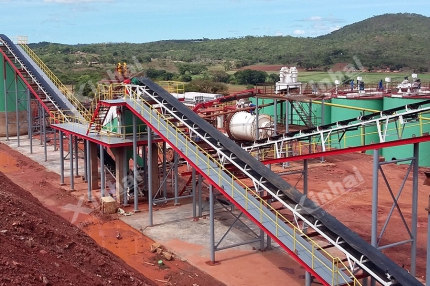
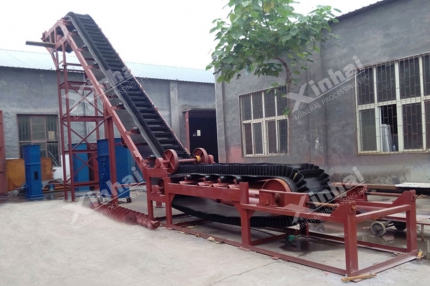
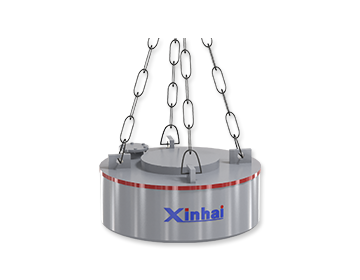
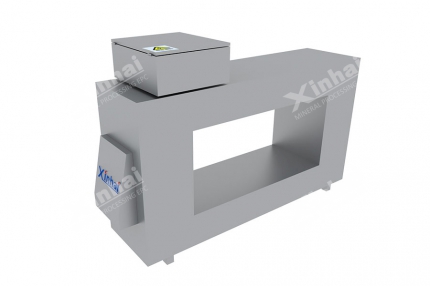
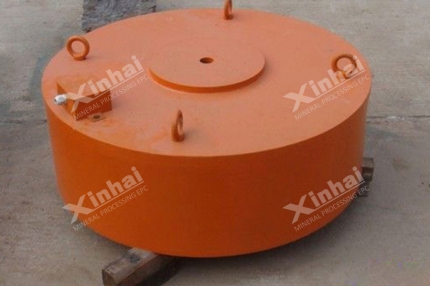
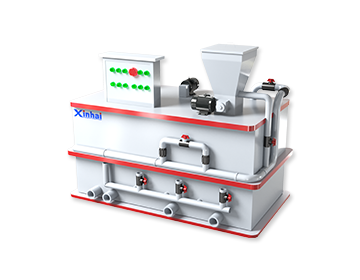
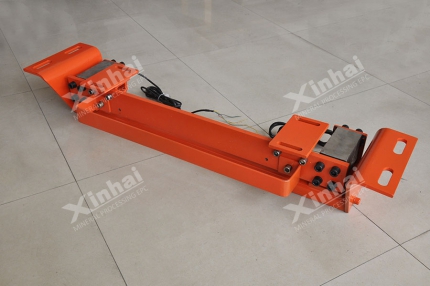
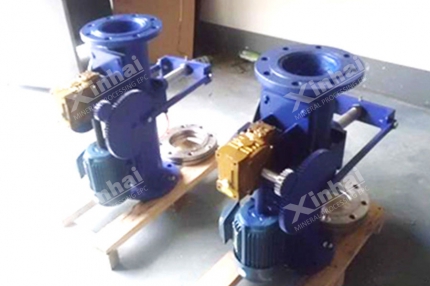
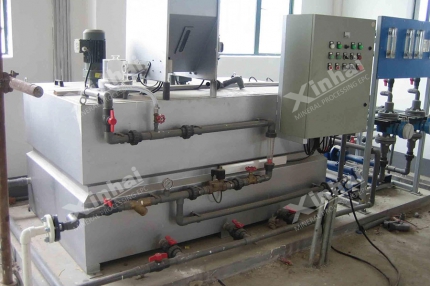
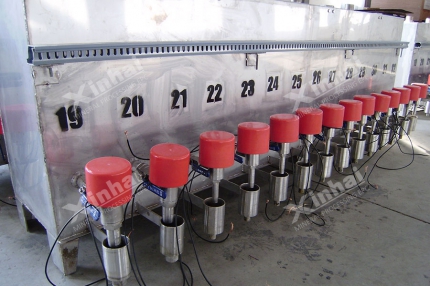
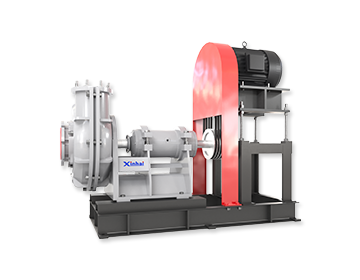
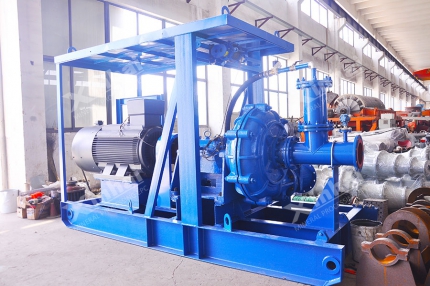
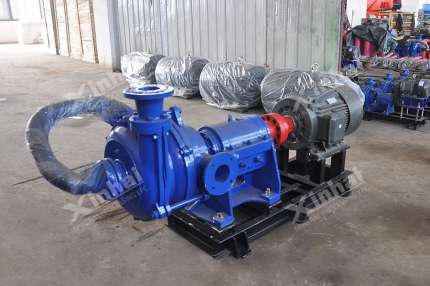
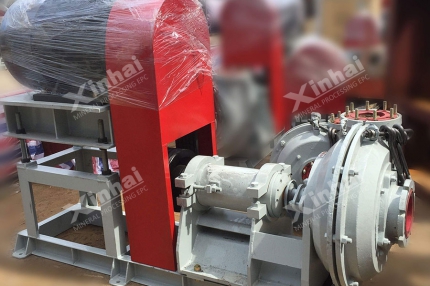
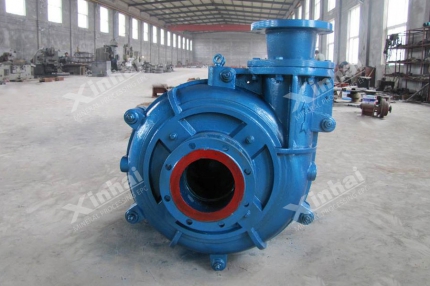
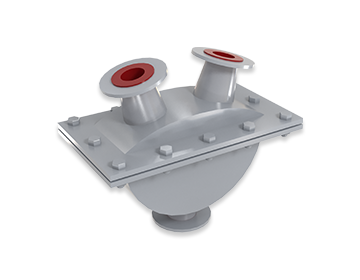
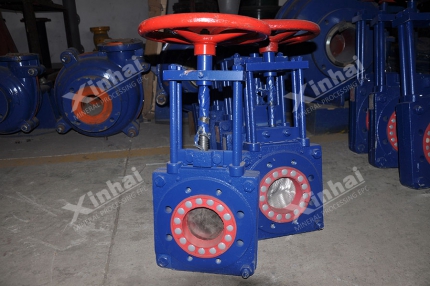
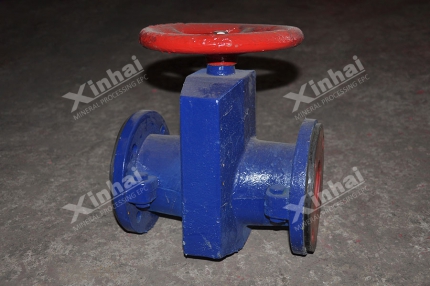
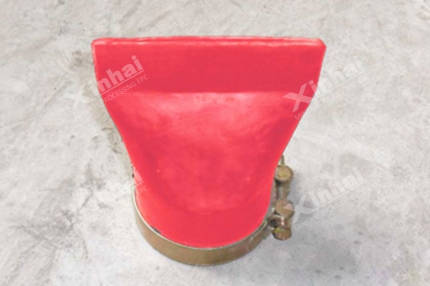
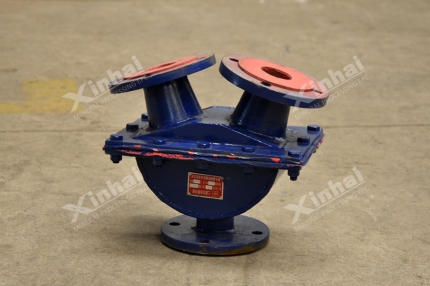
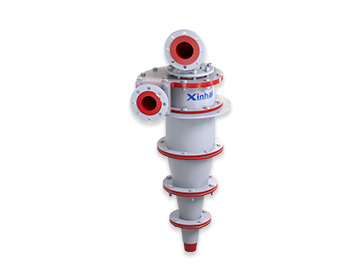
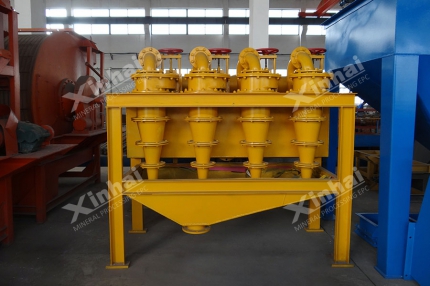
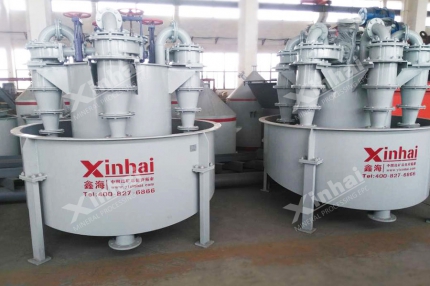
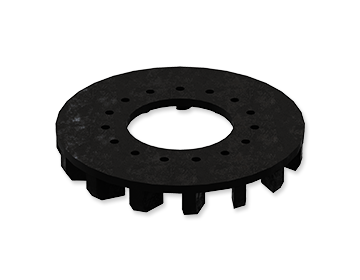
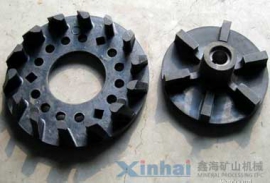
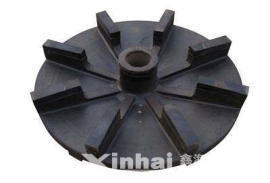
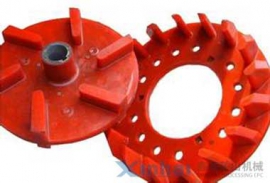
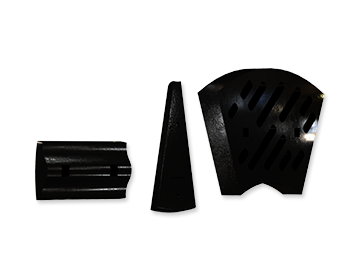
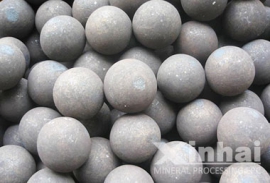
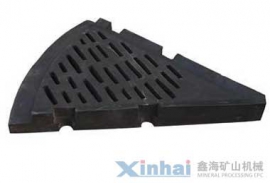
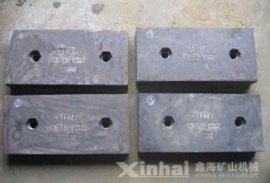
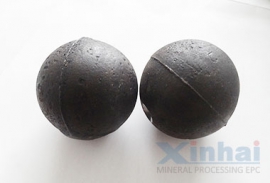
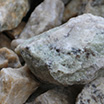
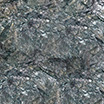
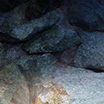
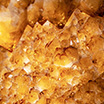


 CHAT
CHAT MESSAGE
MESSAGE


